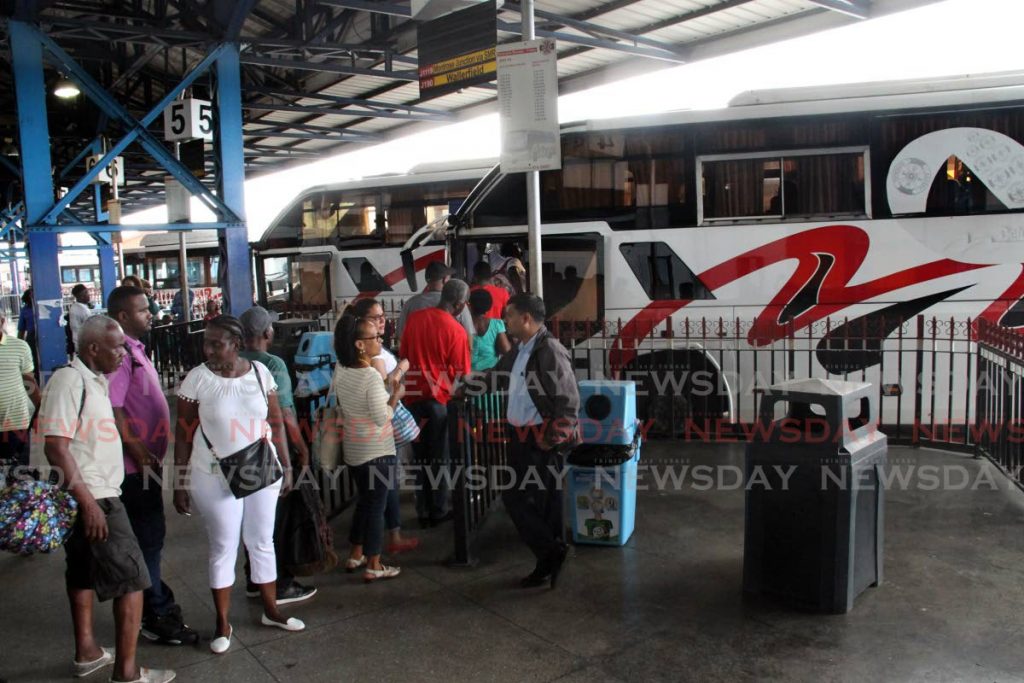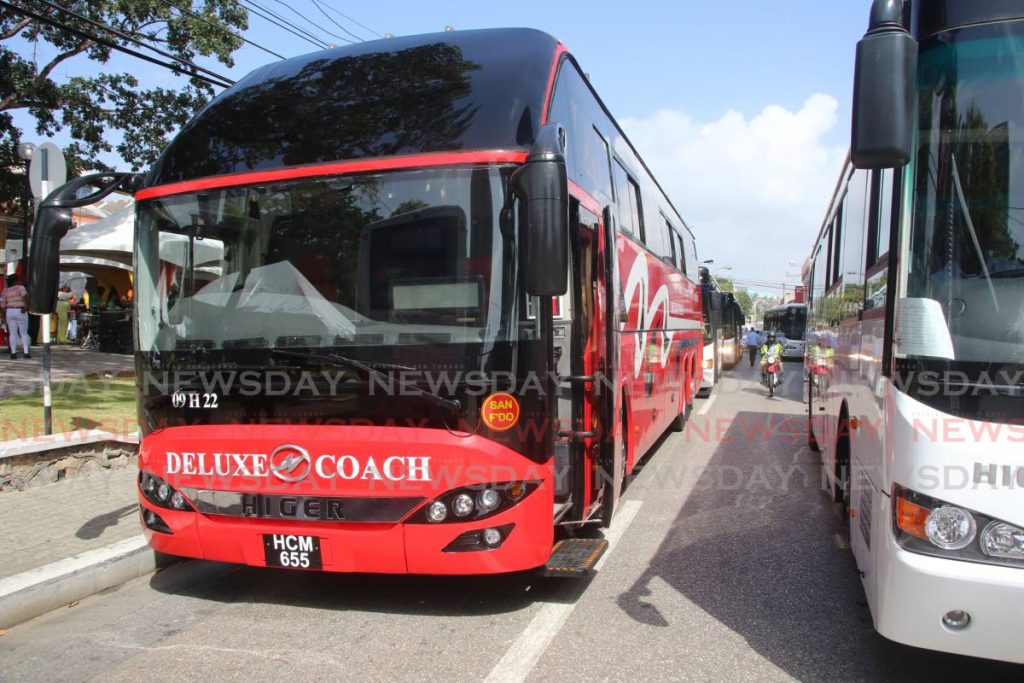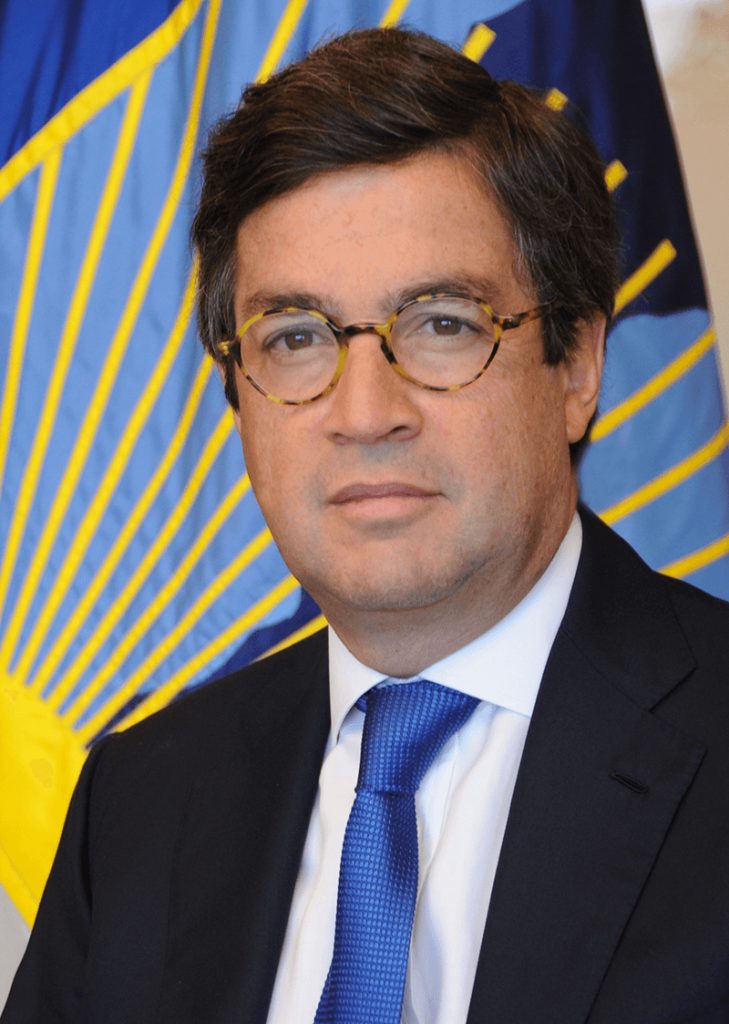Inequality and the bus fare

LUIS ALBERTO MORENO, president of the Inter-American Development Bank
In the lead up to the Inter-American Development Bank’s (IDB) annual meeting from March 18-22 in Barranquilla, Colombia, the IDB president will be releasing four op-eds related to inequality. The series will touch on the topics of fiscal reform, transportation, conditional cash transfers and engagement. The annual meeting itself will be held with economic and financial leaders from the IDB’s 48 member countries, including Trinidad and Tobago, looking to make economic growth more sustainable and equitable in Latin America and the Caribbean. The event is the 61st annual meeting of the IDB’s Board of Governors, the bank’s top decision-making body. Most governors are ministers of finance or ministers of the economy, or central bank presidents.
If one public service can be said to symbolise the frustration driving social unrest in Latin America and the Caribbean, it is public transportation.
Transportation has long been a source of opportunity — and of conflict. Nearly 80 per cent of the region’s people live in urban areas.
The bus and subway systems that most of them rely on tend to be overcrowded, unreliable and — for many users — expensive.
And yet these systems are also lifelines that offer access to schools, better jobs, healthcare and a chance to escape poverty.
It’s no wonder that two of our region’s most emblematic protest movements in the last decade — Brazil in 2013 and Chile in late 2019 — were sparked by increases in bus and subway fares, respectively. Protests in other countries have been prompted by increases in the price of gasoline.

The Inter-American Development Bank (IDB) helped to design and finance dozens of public transportation systems over the past 30 years, from the pioneering bus rapid transit network in Brazil, Curitiba (a model that has since been replicated in hundreds of cities around the world) to the forthcoming metro in Bogota, Colombia.
We are proud of these projects, which have led to measurable improvements in quality of life while increasing safety and lowering pollution from vehicle emissions. But recent protests have led us to pause and consider how such systems can evolve to more directly address inequality, while remaining financially sustainable.

With a handful of exceptions, public transportation in even the richest countries tends to produce large operating deficits. Cities in Europe and the United States have always subsidised these systems, partly because they see them as a public good that makes the city more productive, competitive and environmentally sustainable.
The metro in Washington, DC, for example, covers less than half of its operating costs with revenue from fares. Nearly all of the rest comes from state and local subsidies.
In our region, however, many national and local governments can’t afford to subsidise public transportation. Others chose instead to subsidise gasoline, which primarily benefits middle and upper-class families that can afford cars. Many of the public transportation systems we have helped to build attempt to recover investment and operation costs largely through fares. While this can appeal to investors and fiscal authorities by making a system financially self-sustaining in the short-term, it often undermines its viability in the long-term.
In many cities in Latin America and the Caribbean, families in the lowest income segments spend between ten per cent and 30 per cent of their income on public transportation, compared to an average of 7.5 per cent for the poorest 20 per cent of the population in European cities.
It is hardly surprising that users who are paying so much would resent fare increases or avoid paying altogether. We’ve seen many systems enter a downward spiral where fare evasion leads to deficits, insufficient investment in maintenance, breakdowns and increasing delays, ultimately eroding support for public transportation and encouraging the use of private vehicles.
To avoid this trap, we need to quit treating transportation subsidies as a drain on public funds, and instead view them as strategic investments that generate huge social, economic and environmental returns. We also need to make better use of technology and data to ensure that subsidies are targeted to the neediest segments of the population, instead of “leaking” into the pockets of wealthier users, as often occurs today.
We also need to stop thinking of transportation in exclusively financial terms and start listening to the people who use it, so that we better grasp its full social and economic value. The practice of transportation demand management, which seeks to understand how people make commuting decisions and then helps them to make optimal use of the available infrastructure, is a good place to start.
The insights gleaned from this process can be a cost-effective way of designing systems that reflect people’s actual priorities, their sense of dignity and their willingness to pay for a valuable service. This, in turn, could be a crucial step toward rebuilding our cities so that housing, security, green spaces and transportation are available — and affordable — for everyone.
Public transportation has and will continue to play a crucial role in the development of Latin America and the Caribbean. It is imperative that we make the changes that will turn this public service into a sustainable catalyst of opportunity for the millions of people who are still waiting for a better life.


Comments
"Inequality and the bus fare"